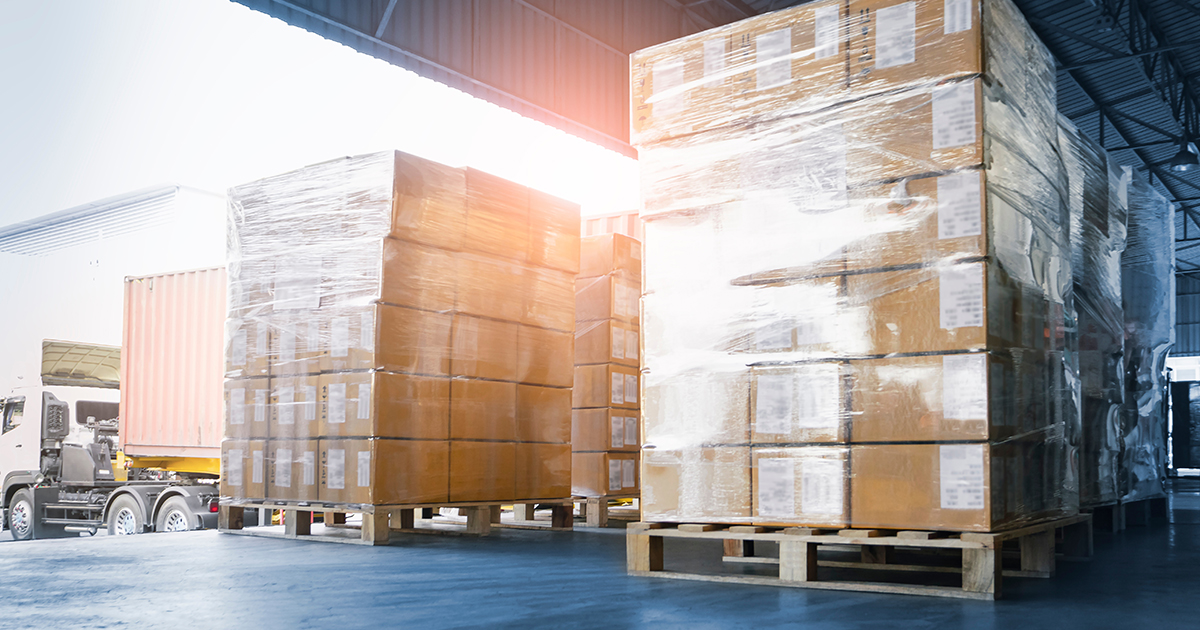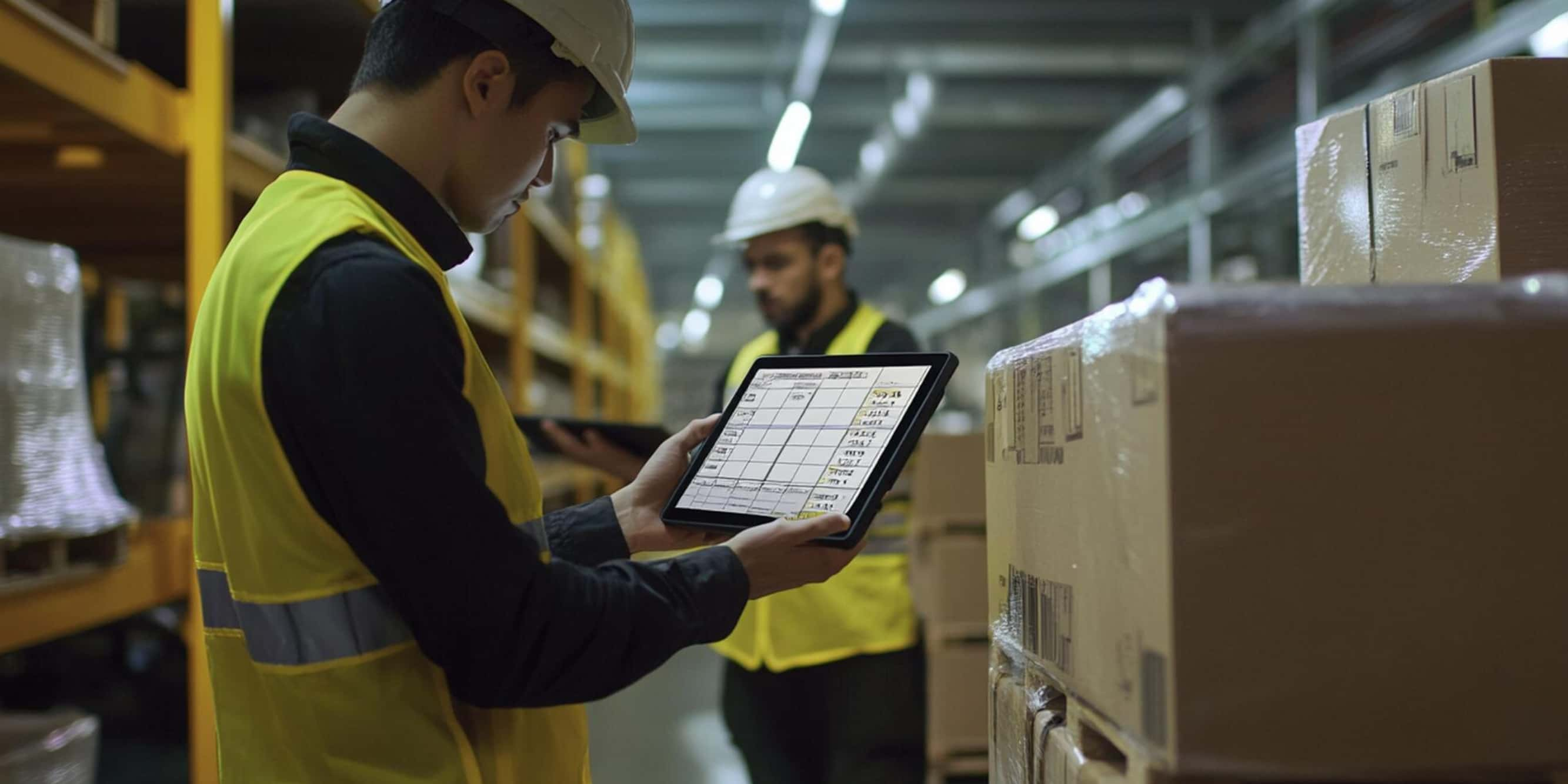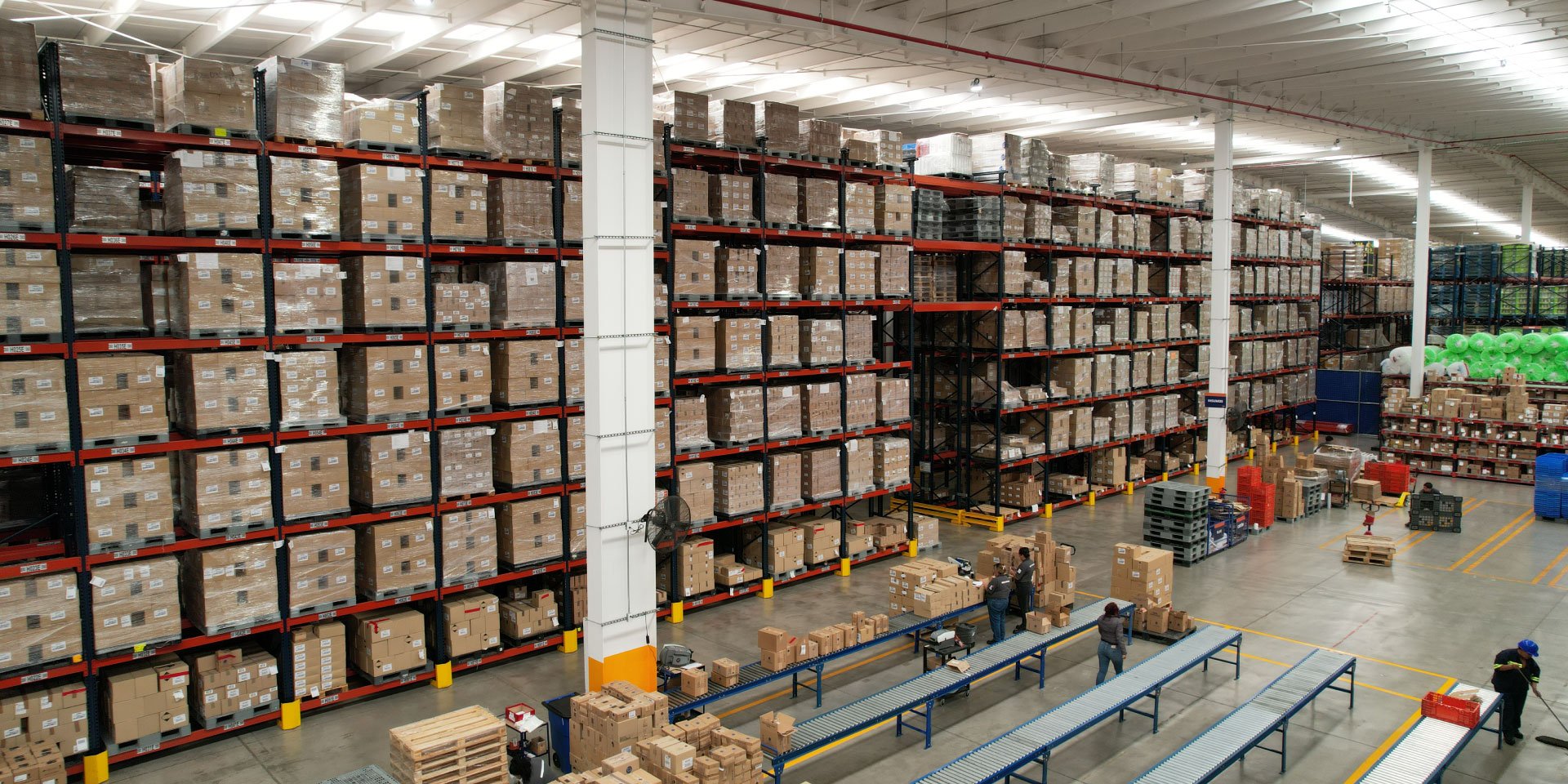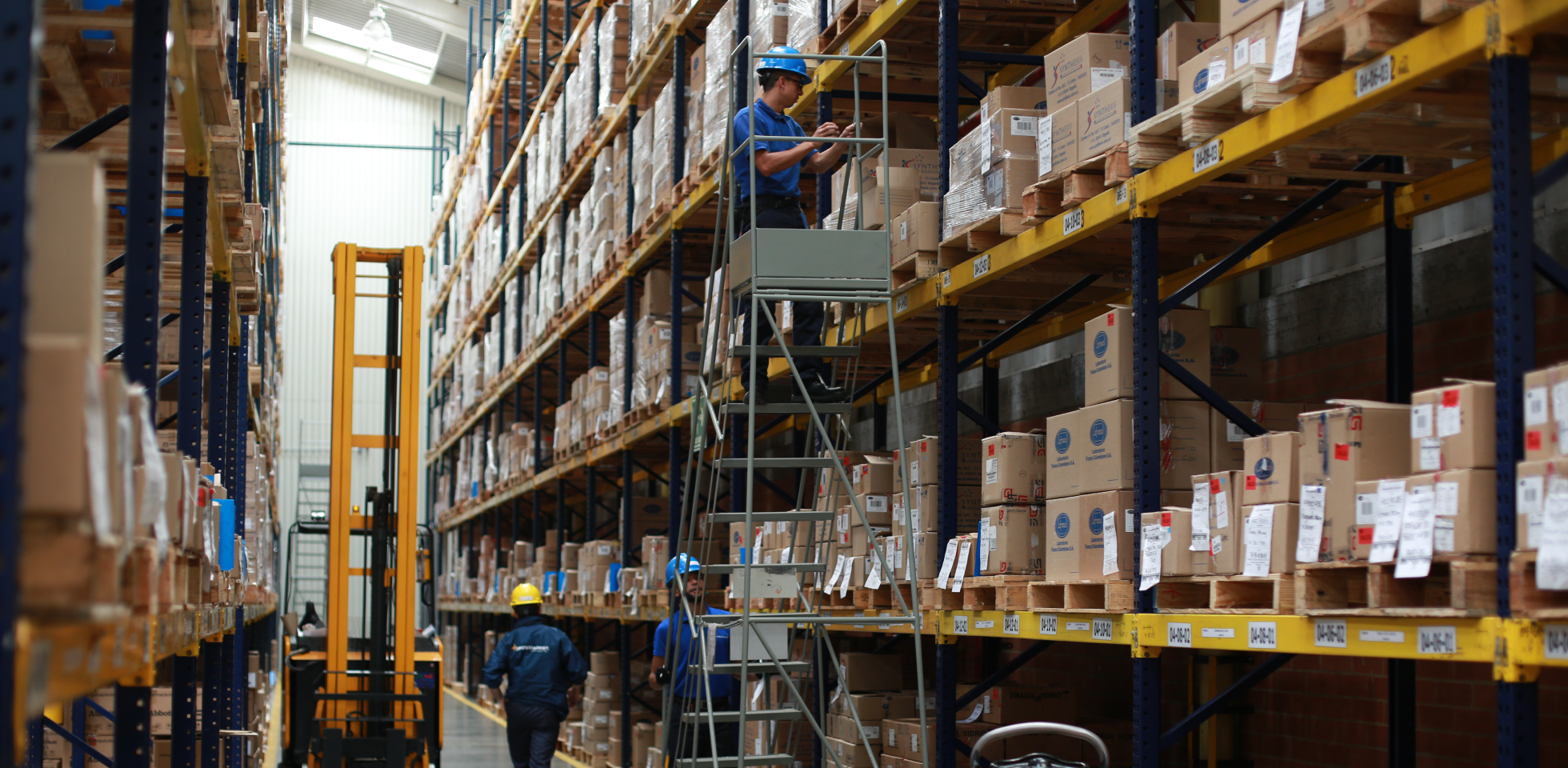The protection of goods for distribution is one of the main functions of packaging and is highly relevant to the overall success of the business, especially if the goods will travel long distances, as is the case for imports and exports.
Wrapping, understood as the third level of product protection (of which the direct container would be the first, and the packing that protects and groups these containers, would be the second), keeps and protects the packages to be warehoused and transported, grouping them in a larger unit load, usually in pallets, containers, and modular boxes.
In other words, while containers and packing are market-oriented, wrapping responds to logistics, that is, to the transportation and warehousing needs of these goods in particular, compacting them, making them more stable and easier to condition, warehouse and handle for loading, shipping, and transport.
Thus, packaging is also used to indicate if products require special care, if they must be kept away from humidity, or if they may share the same environment with other products to be transported, or if they are fragile, or even if they need to be urgently transported. Also, the very shape of packaging of the goods will give logistics managers clear signals on prioritization and how goods should be addressed.
And when goods are to be exported, they must be properly wrapped to protect them from crashes, sudden movements, accidents, physical and meteorological conditions, and even small thefts.
In addition, in the case of imports and exports, packaging must be in accordance with proper legal verifications for these purposes, and, in fact, helps to comply with existing regulations depending on the goods of matter, a subject we will go into in more detail right away.
Packaging, an aid to compliance with logistics regulations
For packaging purposes, a variety of materials are used, such as cardboard, plastic, wood, metal, paper, etc., or a combination of them, depending on each product or merchandise needs and characteristics. And before the trade authorities, each type of packaging has a designation code, as can be seen in this list.
As with containers and packing, the wrapping must comply with the labeling standards in force in each country, both the country of origin and the country of destination.
In Mexico, Mexican Official Standard NOM-050-SCFI-2004 establishes the information that must be visible on the product general labeling (both packing and wrapping) for transportation, some of which are included in the bill of lading and the mandatory information includes:
- Names of manufacturers and importers
- Country of origin
- Generic Name
- Specific Name
- Quantity
- Ingredients
- Instructions for its correct use and conservation
- Shelf life in the case of food and beverages
- Description of product components and characteristics
- Risk warnings, if any
And in the latter case, standard NOM-024-SCT2/2010, established for high-risk products, specifies the proper procedures for packaging of hazardous substances, materials, or waste, mainly emphasizing that the containers and wrapping of these types of products must be solid enough to withstand the loads or crashes implied to transportation and transshipment between units and warehouses.
To identify and learn more about the specific packaging and labeling standard for a particular type of product, please access the Mexican Official Standards Catalog of the Ministry of Economy.
Across the globe, there are also standards and regulations to be considered, mainly covering:
- The packaging contents, according to the content information specification standards, known as R-87 (for example, net contents, nutritional content, expiration date, etc.)
- Phytosanitary parameters. This is ISPM No. 15, which regulates wood treatment processes to prevent the entry of a plague into the country of destination.
- The handling of goods, covered by standards 700 and 7000, which regulate symbols and pictograms corresponding to handling instructions and/or warnings about the packaging contents.
- Dimensions, addressed by the ISO 3394 Standard, which establishes parameters for pallets, palletized platforms or boxes used in transportation.
There are also regulations on the handling and identifying hazardous goods, such as the European Agreement concerning the International Carriage of Dangerous Goods by Road (ADR).
Packaging, therefore, can not only optimize transportation, reduce costs, and protect goods, but also plays an important role in keeping international operations legal and transparent.






